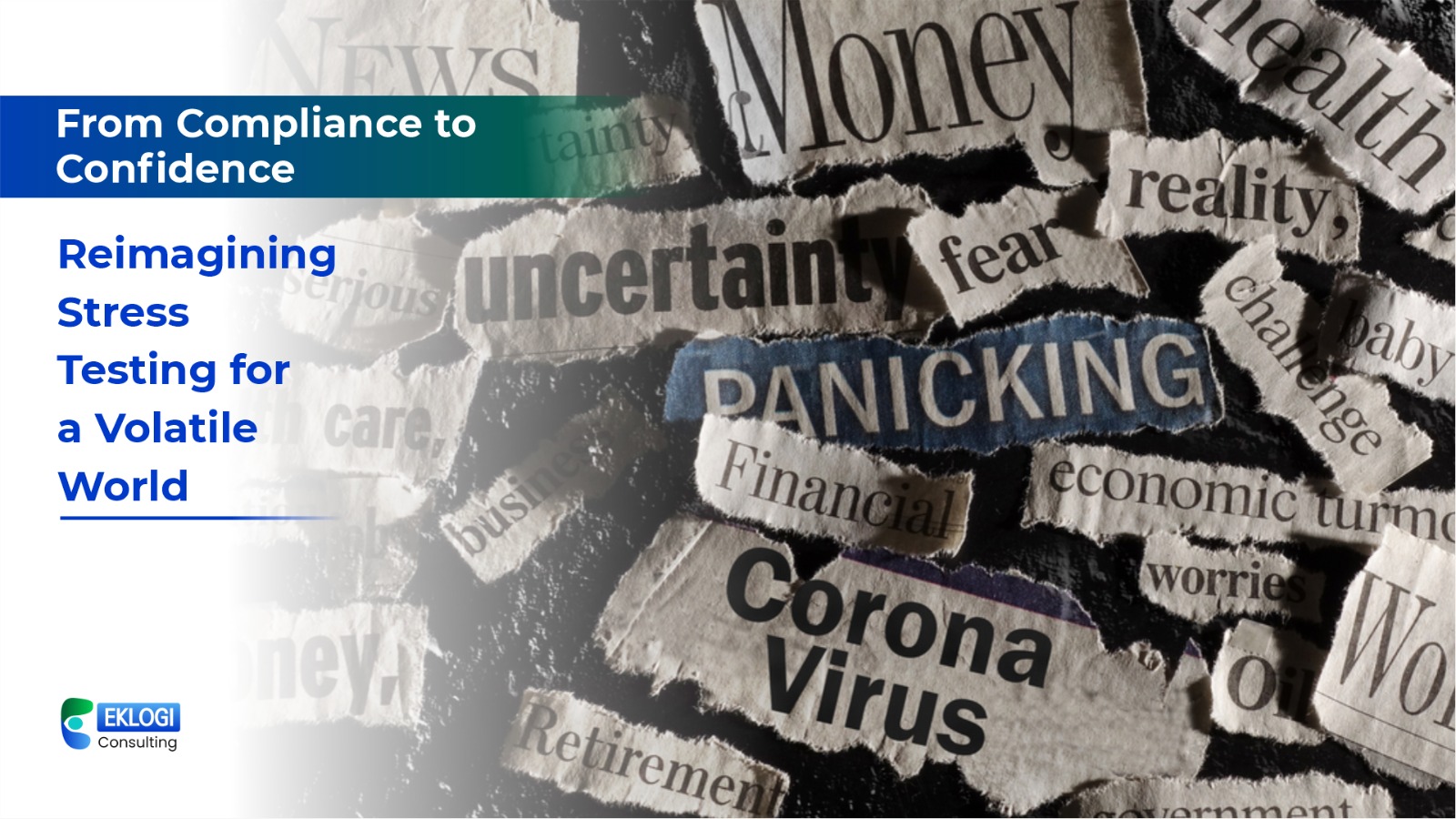Modern Data Platforms: Unlocking a New Paradigm for Stress Testing.
Modern data platforms bring together cloud scalability, real-time data ingestion,
AI/ML capabilities, and strong data governance frameworks. When applied to stress
testing, they can enable a paradigm shift—from reactive compliance to proactive risk
sensing.
Key Features of Modern Data Platforms:
- Unified Data Architecture:
- • Integrated data lakes and warehouses (e.g., AWS Redshift, Snowflake,
Google BigQuery) allow banks to ingest and store data from multiple
domains—loan portfolios, macroeconomic data, market feeds, and customer
behaviour data—at scale.
- • Eliminates the silos between credit risk, market risk, and liquidity
risk teams.
- Real-Time Data Ingestion and Analytics:
- • Streaming technologies (e.g., Apache Kafka, Flink) can pull real-time
transaction and market data into the platform.
- • Enables near real-time recalculation of stress metrics like Value at
Risk (VaR), Expected Credit Loss (ECL), and Net Stable Funding Ratio
(NSFR).
- Advanced Scenario modelling Using AI:
- • Machine learning models can generate complex, forward-looking
scenarios based on real-world macroeconomic indicators such as
inflation, unemployment, GDP growth, and currency fluctuations.
- • Integration of climate, geopolitical, and supply chain risk models for
comprehensive stress coverage.
- Simulation Engines and What-If Analysis:
- • Cloud-based compute power allows for millions of simulations to be run
in parallel, drastically reducing the time to assess impact under
different stress scenarios.
- • Integration with dashboarding tools (e.g., Power BI, Tableau) for
interactive visualizations and stress scenario comparisons.
- Robust Data Governance and Lineage:
- • Metadata management, role-based access controls, and audit logs ensure
transparency and compliance with RBI guidelines and internal risk
governance standards.
- • Ability to trace every number back to its data source—crucial for
audit and regulatory review.
Reimagining the Stress Testing Process in Indian Banks
Here’s how the process of stress testing can evolve using modern platforms:
|
Traditional Process
|
Modernized Process
|
| Manual data extraction and Excel modeling |
Automated data ingestion and cloud-native modeling |
| Monthly or quarterly scenario runs |
Real-time or weekly recalculations |
| Static scenarios based on past events |
Dynamic AI-generated forward-looking scenarios |
| Fragmented across risk types |
Integrated, portfolio-wide risk impact |
| Limited visibility to business leaders |
Interactive dashboards for CRO, CFO, and Board-level insights |
By leveraging modern platforms, stress testing becomes an always-on, integrated,
strategic tool— not just an annual checkbox.
Illustrative Example: A Mid-Tier Indian Bank Going Digital
Consider a mid-sized Indian private bank that migrated its risk data infrastructure to a
modern data platform. By
integrating market feeds, loan-level data, and external macroeconomic models into a
central repository, the bank
achieved the following:
- • Turnaround Time : Reduced stress testing cycle from 10 working days to 1
day.
- • Scalability : Able to simulate over 500 scenarios daily, including
RBI-prescribed ones and internally
developed macro scenarios.
- • Insight Generation : Linked stress scenarios with portfolio-level capital
adequacy and liquidity
buffers.
- • Strategic Use : Enabled the Board to proactively make lending or
provisioning decisions based on likely
future economic risks.
